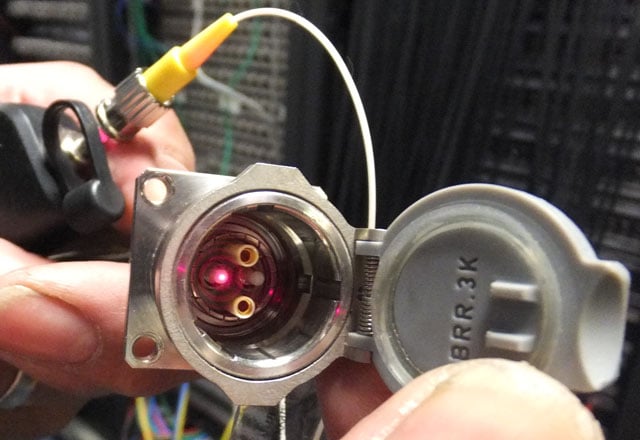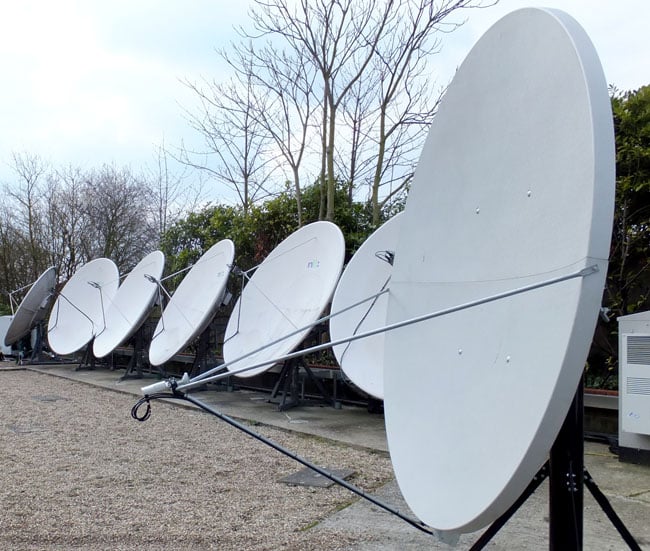This article is more than 1 year old
What did the Romans ever do for us? Packet switching...
And the railways, morse code. Sort of
Reading the signals
It did not take long for the backbones of traditional telephone networks to be replaced with packet switching. Analogue speech would be converted to digital at the exchange, delivered by data packets to the destination exchange and converted back to analogue again to be compatible with the existing telephones. Adequate intelligibility of speech can be obtained with simple sampling at 64kilobits/second and that bit rate became the basic unit of telco data streams. ISDN offered multiples of that bit rate for data transmission.
Packet multiplexing is the most efficient way of delivering multiple types of data down common channels and as a result it is not going to be superseded nor does it need to be. The principle will also be found in digital TV and radio transmissions. One does not simply tune to a digital TV transmission in the traditional sense. The RF section of a set top box recreates a bit stream, known as a Transport Stream, which is a multiplex of identically sized data packets. That multiplex carries the video, audio and program guides for several conventional TV programs.

SMPTE 304M interface for broadcast cameras uses fibre optic cable to cover longer distances than copper allows
When the viewer chooses a TV channel, the STB has to tune to the correct multiplex, but then it has to consult the metadata to establish the packet addresses of the video and the audio in the selected language. Those packets are then selected from the Transport Stream. Audio visual data packets need to be displayed with a given time base and with synchronisation between sound and picture. This is assisted by additional mechanisms that generic networks don’t have, such as the recreation of a stable reference clock in the STB and the transmission of time stamps along with the packets which denote when they need to be presented to the viewer.
One of the characteristics of packet switched networks is that it is only the total bandwidth of a link that is known. Clearly as more transactions are required, less bandwidth is available to each and so transmission of an individual transaction will slow down. Because networks are shared resources they operate on usage statistics and when those statistics prevail, they work well, but like any shared resource, if there is a deviation from the usual statistics, they cannot be expected to work normally. In the same way roads that normally flow freely become choked with traffic on a bank holiday, and Morse code isn’t very efficient if it is used for Polish.
And what of the future? The bandwidth available using optical fibres is without real limit, so the backbones of data networks can grow indefinitely. However there is no doubting the growth of personal devices such as iPhones and tablets where the last mile of the network is achieved by radio link. The radio spectrum is, however, not infinite and space needs to be found for these communications.
It is naïve to think that digital television and sound radio broadcasts were about quality. These technologies were adopted so that compression could be used to reduce the radio bandwidth needed, thus freeing up bandwidth for other services. Heavily compressed DAB is the sonic equivalent of Michelangelo's David made out of Lego and the early advertising claiming CD quality had to be pulled because it was a pack of lies.

Mix and match: Virgin Media dish array takes satellite programming and relays it down optical cable
Televisions screens get larger and larger in inverse proportion to the programme quality and no-one still pretends they are portable. It is legitimate to question whether fixed devices warrant the use of terrestrial radio transmission when a cable or fibre can be used.
But the problem may be temporary. In the light of mass access to networks which are bidirectional and which offer a limitless information resource and the freedom to comment on it, legacy media such a newspapers, television and sound radio are starting to appear distinctly propagandist in comparison. It’s only on an alternative medium such as this one that I am allowed to say so. Networks have gone from wielding political power to containing it. ®
John Watkinson is a member of the British Computer Society and a Chartered Information Technology Professional. He is also an international consultant on digital imaging and the author of numerous books regarded as industry bibles.
